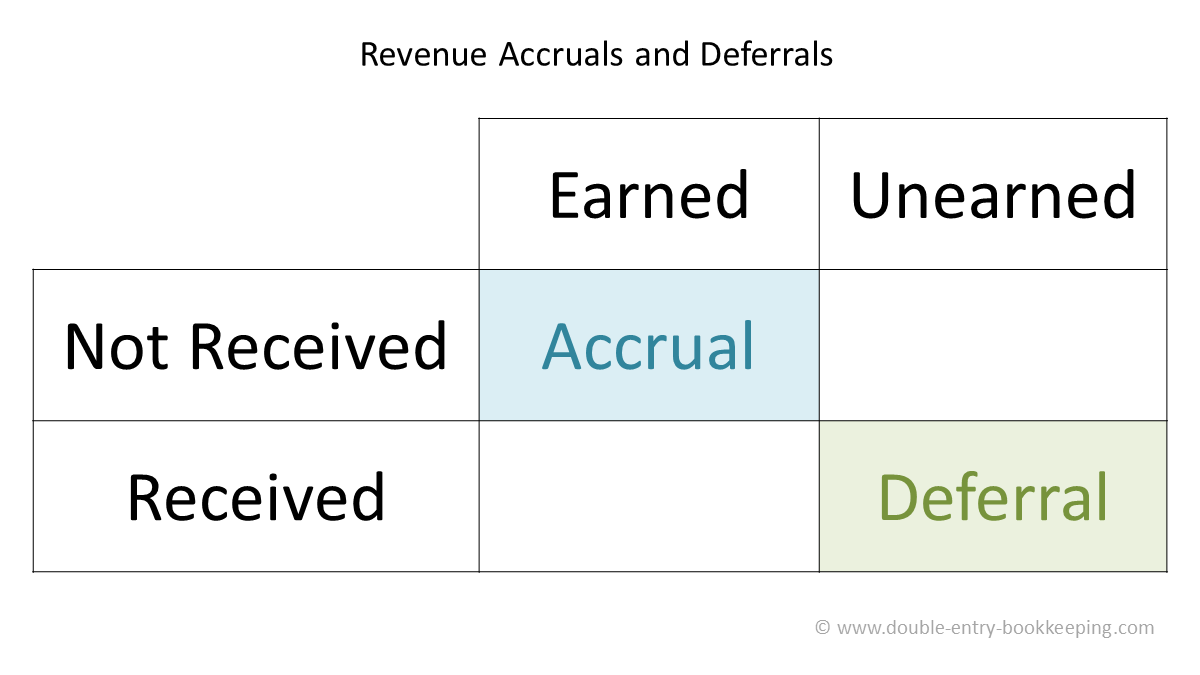
In retailing, Inventory is an active asset, but keeping track of it is a complex task. There are many different cost-flow assumptions, so the proper way to determine the cost of goods sold will depend on your specific retail situation. These assumptions are explained in detail in the sections below. This information will hopefully help you understand how inventory is managed in your company. These assumptions will allow you to calculate your cost per unit of goods.
A retail business' inventory is an asset that can be used as an active asset
For your business to succeed, you must keep accurate records about your inventory. Retailers should perform regular inventory checks to make sure they don’t have dead stock or unsellable products. Regardless of the technological advances in retailing, errors in inventory counts are a frequent occurrence. Even with RFID technology and barcode tags, inventory counts errors can result in lost sales or budgeting problems. Physical inventories are a good way to monitor inventory levels and can help to reduce shrinkage or lose stock.

Retail companies use inventory to help them manage their finances. Retailers must learn how to manage and control inventory in order to avoid losing cash. It is essential to know that inventory can be considered a liability or asset depending on its usage and amount. Understanding how inventory works is crucial to making the right decisions regarding inventory management. These are important facts about inventory. Here are some tips to help you manage inventory more effectively in your business.
Inventory valuation methods
The purpose of inventory valuation, which is used to estimate total gross profit by evaluating the retail store's inventory value, is to determine the retailer's gross profits. Cost of goods sold affects total gross profits, and cost flow assumptions can either inflate or deflate them. It is crucial to know how to value inventory for future and current purchasing decisions. There are many options for inventory valuation. Multiple methods can help to reduce market rate fluctuations. The best option for your business depends on its specific nature.
The first method uses a cost-to-retail ratio to determine cost per unit. This method is not suitable for seasonal periods. It also invalidates calculations if an enterprise acquires another company. The new shareholders will have different markup percentages. You will need to use a different method for the acquired stock than the acquirer in such cases. This allows you to make more precise decisions.
Hypotheses on cost-flow
These assumptions can be found in several places, including the accounting software, when it comes cost-flow assumptions. These assumptions are commonly used by retailers of products such as clothing and are known as cost-flow assumptions. In other words, these assumptions don't track the physical movement of goods, but instead, assign a cost to each individual item in the company's inventory. Cost-flow assumptions can be described as a simple way of calculating profit.

One of the most common cost flow assumptions in retailing when calculating the cost for an item is the average cost. This cost-flow assumption eliminates the need to track individual items and is useful in stores with high volumes of similar goods. This assumption is more cost-effective than other inventory costing methods and less subject to income manipulation. Because all units are assumed to be identical, cost-flow assumptions can prove useful. This is not always the case, however, as new batches of the same product may be better-quality or command a higher price.
Calculate the cost of goods by using the retail method
In accounting, the retail method of calculating cost of goods sold is one of two accepted methods. The other is the direct-cost method. Retail inventory method is used most often by merchandising companies for their quarterly financial statements. This method calculates the relationship between the merchant's inventory cost and the retail price for the same product. When calculating the cost per unit of goods sold, there are many other factors to consider.
The retail method of calculating the cost for goods sold is very simple but requires a detailed understanding of the retail inventories ratio. Cost-to-retail is the ratio between the price of a good and the cost to purchase that good. Let's say that company A sells water dispensers for $200 and buys them for $140. Its cost-to-retail ratio is 70%.
FAQ
What is the purpose of accounting?
Accounting provides a view of financial performance by measuring and recording transactions, analyzing them, and reporting on them. It enables organizations to make informed decisions regarding how much money they have available for investment, how much income they are likely to earn from operations, and whether they need to raise additional capital.
Accountants keep track of transactions to provide information about financial activities.
The company can then plan its future business strategy, and budget using the data it collects.
It is vital that the data are reliable and accurate.
What is the difference between a CPA and a Chartered Accountant?
Chartered accountants are accountants who have passed all the necessary exams to get the designation. Chartered accountants usually have more experience than CPAs.
Chartered accountants are also qualified in tax matters.
The course of chartered accountantancy takes approximately 6 years.
What is an audit?
An audit involves a review and analysis of a company's financial statements. An auditor examines the company's accounts to ensure that everything is correct.
Auditors are looking for discrepancies among what was reported and actually occurred.
They also make sure that the financial statements are correctly prepared.
Statistics
- The U.S. Bureau of Labor Statistics (BLS) projects an additional 96,000 positions for accountants and auditors between 2020 and 2030, representing job growth of 7%. (onlinemasters.ohio.edu)
- According to the BLS, accounting and auditing professionals reported a 2020 median annual salary of $73,560, which is nearly double that of the national average earnings for all workers.1 (rasmussen.edu)
- Given that over 40% of people in this career field have earned a bachelor's degree, we're listing a bachelor's degree in accounting as step one so you can be competitive in the job market. (yourfreecareertest.com)
- Employment of accountants and auditors is projected to grow four percent through 2029, according to the BLS—a rate of growth that is about average for all occupations nationwide.1 (rasmussen.edu)
- BooksTime makes sure your numbers are 100% accurate (bookstime.com)
External Links
How To
Accounting for Small Businesses: What to Do
Accounting for small businesses can be a crucial part of any business's management. This involves tracking income and expenses as well as preparing financial reports and tax payments. This task also requires the use of software programs, such as Quickbooks Online. You have many options when it comes to accounting for small businesses. You have to decide which method is best for you based on your specific needs. Below is a list of top methods that we recommend.
-
Use paper accounting. If you want to keep things simple, then using paper accounting may work well for you. This method is very simple. All you need to do is keep track of all transactions. However, if you want to make sure that your records are complete and accurate, then you might want to invest in an accounting program like QuickBooks Online.
-
Online accounting is a great option. Online accounting allows you to access your accounts from anywhere and at any time. Wave Systems and Freshbooks are three of the most widely used options. These software can be used to manage your finances, pay bills and send invoices. You can also generate reports. These software are simple to use and offer many great benefits and features. So if you want to save time and money when it comes to accounting, you should definitely try out these programs.
-
Use cloud accounting. Cloud accounting is another option. It allows you to store your data securely on a remote server. Cloud accounting offers several advantages over traditional accounting systems. First, it does not require you to buy expensive hardware or software. Second, it offers better security because all your information is stored remotely. Third, it saves you from worrying about backing up your data. It also makes it easier to share your files.
-
Use bookkeeping software. Bookkeeping software can be used in the same manner as cloud accounting. But, it is necessary to purchase a new computer and install it. Once the software is installed, you will have access to the internet to view your accounts whenever and wherever you like. In addition, you will be able to view your accounts and balance sheets directly through your PC.
-
Use spreadsheets. Spreadsheets are useful for entering financial transactions manually. For example, you can create a spreadsheet where you can enter your sales figures per day. You can also make changes whenever you like without needing to update the whole document.
-
Use a cash book. A cashbook allows you to record every transaction. There are many sizes and shapes of cashbooks, depending on the space available. You can either keep separate notebooks for each month or one that spans several months.
-
Use a check register. A check register can be used to organize receipts, payments, and other information. Once you have scanned the items, you can transfer them into your check register. You can also add notes to help you recall what you purchased.
-
Use a journal. A journal is a logbook which keeps track of your expenses. If you have many recurring expenses, such as rent, insurance, or utilities, this journal is the best.
-
Use a diary. A diary is simply a journal that you write to yourself. You can use it for tracking your spending habits or planning your budget.